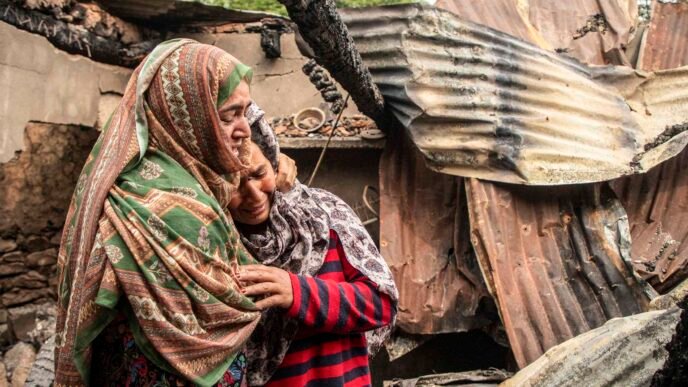Yearly cancer deaths linked to alcohol have doubled in the United States over the last three decades, rising from just under 12,000 a year in 1990 to more than 23,000 a year in 2021, new research finds.
The increase was driven by deaths in men 55 and older, the study authors said.
It comes as U.S. cancer deaths overall have fallen by about 35% over the same time period, according to data from the American Cancer Society.
The findings will be presented next week at the American Society of Clinical Oncology’s annual meeting in Chicago and have not yet been published in a peer-reviewed journal.
“This is death as opposed to getting a disease. We can treat a lot of cancers, and we’re getting better at that, but this is really driving home the point that people are dying from cancer due to alcohol,” said Jane Figueiredo, a professor of medicine at the Samuel Oschin Comprehensive Cancer Institute at Cedars-Sinai Medical Center, who was not involved with the research.
The study focused on seven alcohol-related cancers: breast, liver, colorectal, throat, voice box, mouth and esophageal. Alcohol isn’t responsible for every case of these cancers, but it has been shown to be a driving factor in a percentage of them.
“When people think about alcohol, they don’t necessarily think of it as being a carcinogen like they do tobacco,” said Dr. Michael Siegel, a professor of public health and community medicine at the Tufts University School of Medicine, who was not involved with the study.
But it is. Once in the body, alcohol breaks down into acetaldehyde — a carcinogen also found in tobacco smoke. Alcohol damages DNA and makes it easier for the mouth and throat to absorb other carcinogens.
The International Agency on Cancer Research, a branch of the World Health Organization, classified alcohol as a carcinogen in 1987. Research at that time linked drinking to cancers of the head and neck (including the mouth, throat, voice box and esophagus) and liver cancers. It’s since been linked to breast and colorectal cancers.
A Janu report from the former U.S. surgeon general said alcoholic drinks should come with cancer warning labels. According to WHO, there’s no safe amount of alcohol consumption.
The new research found that in 1991, 2.5% of all cancer deaths in men and 1.46% in women were related to alcohol. In 2021, those percentages rose to 4.2% and 1.85%, respectively.
Over that same time period, men saw a 56% increase in deaths from alcohol-related cancers specifically. For women, it was nearly 8%.
“It was not surprising that it was higher in men, but it was certainly surprising how much higher it was in men versus women,” said study co-leader Dr. Chinmay Jani, chief fellow of hematology and oncology at the University of Miami’s Sylvester Comprehensive Cancer Center. Historically, men have tended to start drinking alcohol earlier in life, Jani and his team noted.
However, sex-based drinking habits appear to be shifting. In recent years, an increasing number of women have become heavy drinkers, and slightly more young women binge drink than men, research has found.
Deaths from the seven alcohol-related cancers increased among men in 47 states, and in 16 states for women. In both groups, deaths among people living in New Mexico rose the most — nearly 60% for men and 18% for women. Oklahoma, for men, and Tennessee, for women, came in close second.













